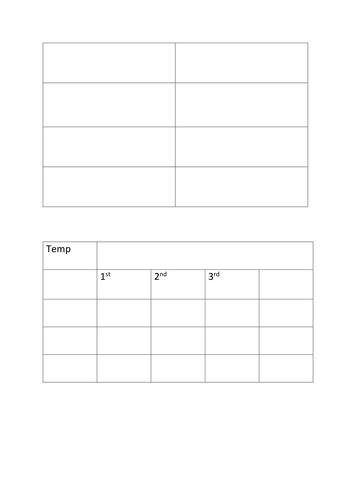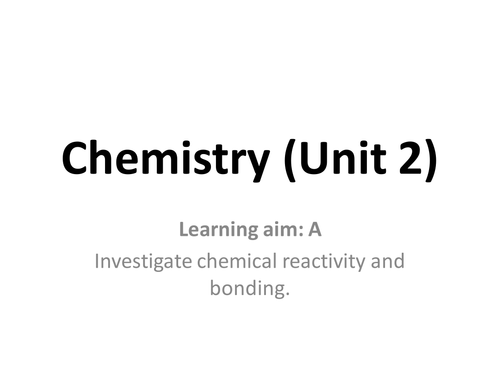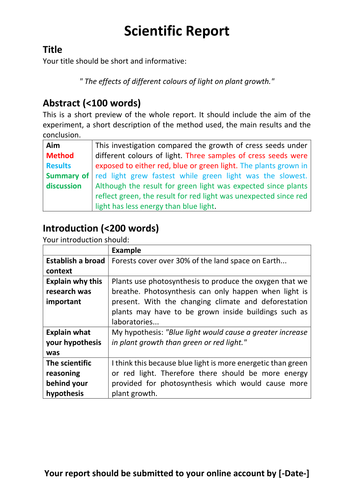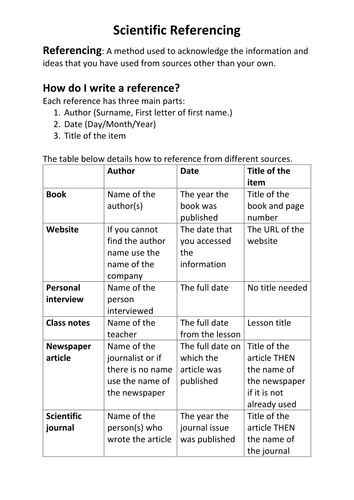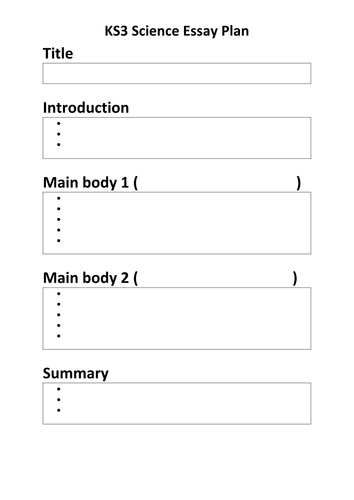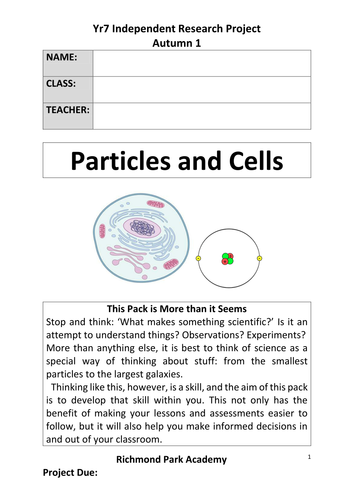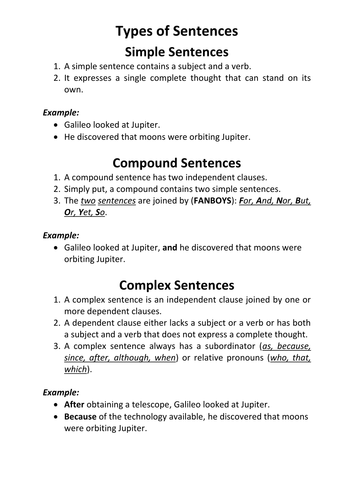243Uploads
111k+Views
55k+Downloads
Chemistry

Flames test (Game of thrones)
Have strontium, copper, and iron solution in spray bottles. This will be the saliva of your dragons and they will give the distinctive colours. Now pupils perform flames test with known compounds to match up the colours and identify ions present in your dragon saliva.

C4.6 Expressing concentrations
AQA GCSE Sciences (9-1)
Chemistry: C4 Chemical calculation
Lesson 5: C4.6 Expressing concentrations
Based on the Kerboodle Resources
The AQA Kerboodle worksheet are not included so as to be acting within the TES code of conduct.

C9.1 Hydrocarbons
AQA GCSE Sciences (9-1)
Chemistry: C9 Crude oil and fuels
Lesson 1: C9.1 Hydrocarbons
Based on the Kerboodle Resources
The AQA Kerboodle worksheet are not included so as to be acting within the TES code of conduct.

C11.2 Condensation polymerisation
AQA GCSE Sciences (9-1)
Chemistry: C11 Polymers
Lesson 2: C11.2 Condensation polymerisation
Based on the Kerboodle Resources
The AQA Kerboodle worksheet are not included so as to be acting within the TES code of conduct.

C4.4 The yield of a chemical reaction
AQA GCSE Sciences (9-1)
Chemistry: C4 Chemical calculation
Lesson 4: C4.4 The yield of a chemical reaction
Based on the Kerboodle Resources
The AQA Kerboodle worksheet are not included so as to be acting within the TES code of conduct.

KS3 Science Complete Extended Writing Task (Yr7-8)
Best used just before or after finishing a topic - an ideal activity for deep marking.
Each slide contains a set of connective and also prompt ideas.
Topics included:
* Adaptation, Neutralisation, Particle theory, Detecting sound, Puberty, Drugs and health, Fossil fuels.
* Respiration, Rock cycle, Payback-time, Digestion, Diffusion, Acidification of forests, Pollination, Earth and space

C5.1 Reactivity series
AQA GCSE Sciences (9-1)
Chemistry: C5 Chemical changes
Lesson 1: C5.1 Reactivity series
Based on the Kerboodle Resources
The AQA Kerboodle worksheet are not included so as to be acting within the TES code of conduct.

C5.7 Neutralisation
AQA GCSE Sciences (9-1)
Chemistry: C5 Chemical changes
Lesson 7: C5.7 Neutralisation
Based on the Kerboodle Resources
The AQA Kerboodle worksheet are not included so as to be acting within the TES code of conduct.

Recording Data (Introduction lesson 4/4) "Graphs and Tables"
Designed to be the fourth lessons for Year 7s (4/4).
Learning outcomes:
(*) Describe the three different types of data.
(*) Calculate means.
(*) Draw a suitable graph for given measurements.
Students recap the three types of variables and then learn the three types of data (Continuous, Discrete and Categoric).
They are then shown how to fill in a results table (where the dependent and independent variables go).
They learn how to calculate means and how to plot this data onto a graph.
The steps in drawing a graph are laid out in a step by step method (designed to be down together with the whole class).
They are also informed on when to use line or bar charts.

C8.4 The effect of concentration and pressure
AQA GCSE Sciences (9-1)
Chemistry: C8 Rates and equilibrium
Lesson 4: C8.4 The effect of concentration and pressure
Based on the Kerboodle Resources
The AQA Kerboodle worksheet are not included so as to be acting within the TES code of conduct.

C6.4 Electrolysis of aqueous solutions
AQA GCSE Sciences (9-1)
Chemistry: C6 Electrolysis
Lesson 4: C6.4 Electrolysis of aqueous solutions
Based on the Kerboodle Resources
The AQA Kerboodle worksheet are not included so as to be acting within the TES code of conduct.

C12.3 Testing for gases
AQA GCSE Sciences (9-1)
Chemistry: C12 Chemical analysis
Lesson 3: C12.3 Testing for gases
Based on the Kerboodle Resources
The AQA Kerboodle worksheet are not included so as to be acting within the TES code of conduct.

C4.2 Equations and calculations
AQA GCSE Sciences (9-1)
Chemistry: C4 Chemical calculation
Lesson 2: C4.2 Equations and calculations
Based on the Kerboodle Resources
The AQA Kerboodle worksheet are not included so as to be acting within the TES code of conduct.

C5.3 Extraction of metals
AQA GCSE Sciences (9-1)
Chemistry: C5 Chemical changes
Lesson 3: C5.3 Extraction of metals
Based on the Kerboodle Resources
The AQA Kerboodle worksheet are not included so as to be acting within the TES code of conduct.

NEW BTEC First Principles of Applied science
Coursework section. Before each task I'll give a brief introduction with some questions so they get use to the knowledge in the topic. These worksheets detail the scenarios and work that should be present in their coursework. Given to students at the start - may be good to also give them a due date for each task. It is probably best to have access to laptops/pcs. GOOD LUCK GUYS *LOVELY BTEC*!!!!!!!!!

Scientific Report
Models how students should write out a scientific report:
*) Abstract
*) Introduction
*) Method
*) Results
*) Discussion

Scientific Referencing
This is probably most appropriate for A-Level and GCSE students but I have been pushing my top KS3 students to get used to this way of writing.
Shows how to reference: books, videos, websites etc..

KS3 Scientific Essay Plan
I found that a lot of my KS3 were simply copying and pasting information for homework.
This was designed to get them to have to think critically about the information they are including.
Ideally, they follow the plan and you give feedback which they use along with the plan to write the actual essay.

Year 7 Homework Booklet (Particles and Cells)
This booklet was created to ensure consistency, and to develop scientific thinking skills. We have so much content to cover in lessons so this is a home resource which is designed to override homework. These activities include stop-motion activities, building 3D models and also scientific methods. Students should spend 6-8 hours in total on this booklet - a timetable is also incorporated in the booklet so that students can plan out which activities to attempt throughout the weeks before the due date.
As mentioned in the title, the two content units are Particles and Cells but at the end, there is also a scientific skills section which walks students through the scientific method. They will end up creating their own scientific questions, plan an investigation and write it out.
This booklet is 26 pages long but saves a lot of space by linking youtube videos where students will gain the necessary knowledge needed to complete the various sections (we all know students don't like reading a lot of information).
Also incorporated are GCSE questions that link to the KS3 content.
I hope you find this resource useful - Lagoondry

Science literacy - Sentence types + examples
A worksheet to be stuck in pupils books or tables. Ideal for extended writing tasks.









